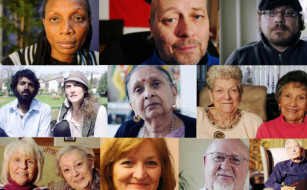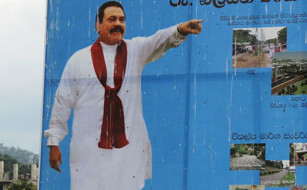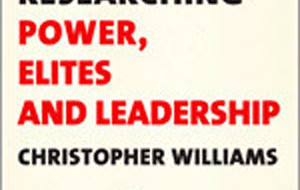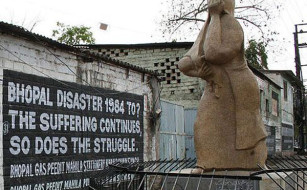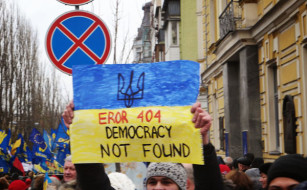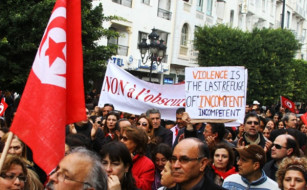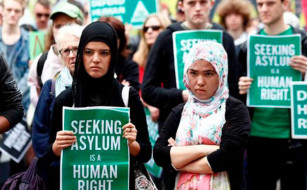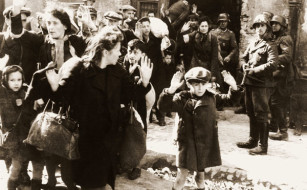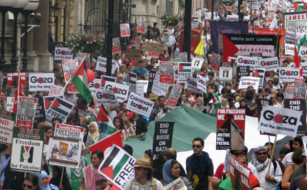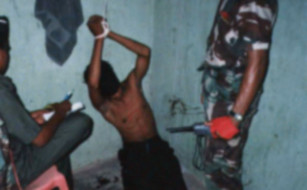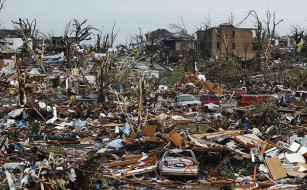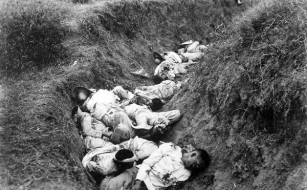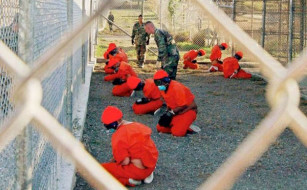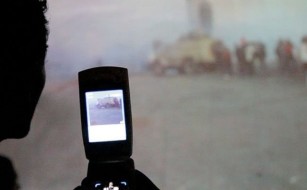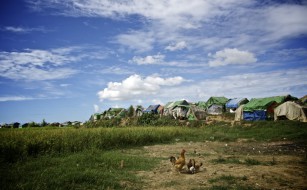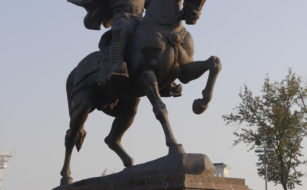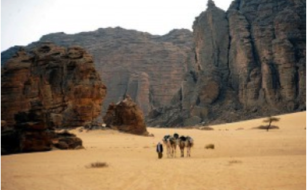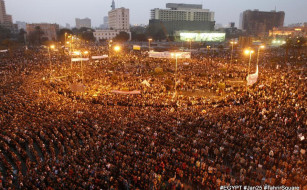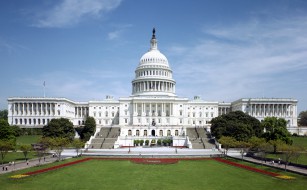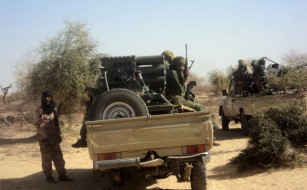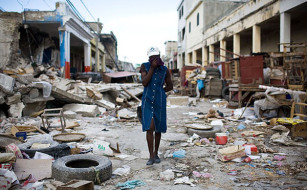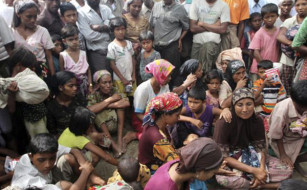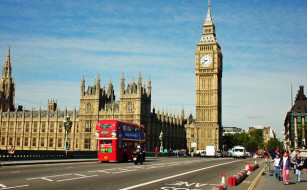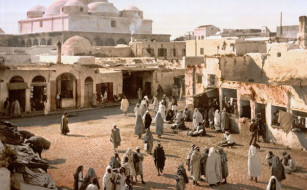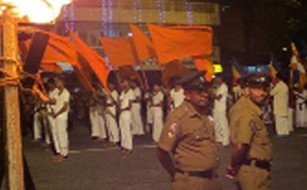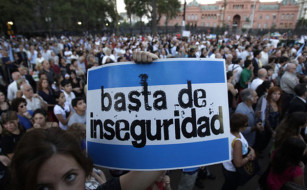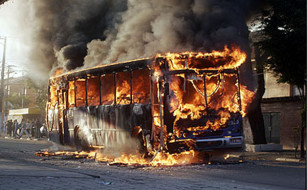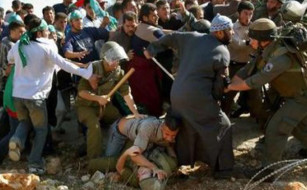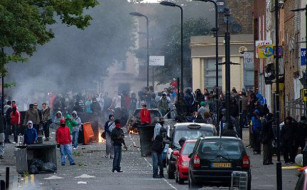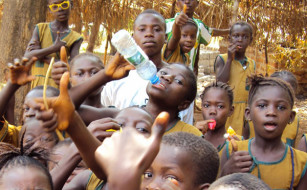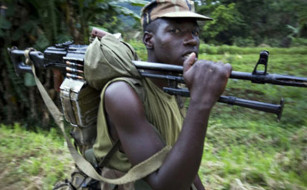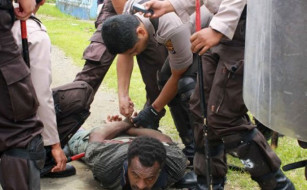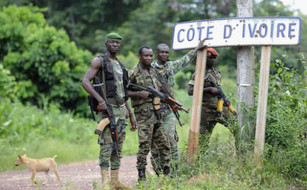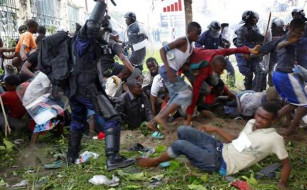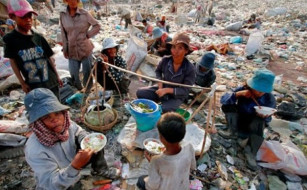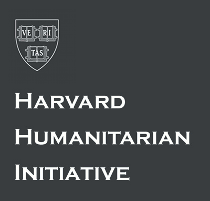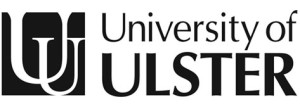GENOCIDE ACHIEVED, GENOCIDE CONTINUES: MYANMAR’S ANNIHILATION OF THE ROHINGYA [ISCI REPORT]
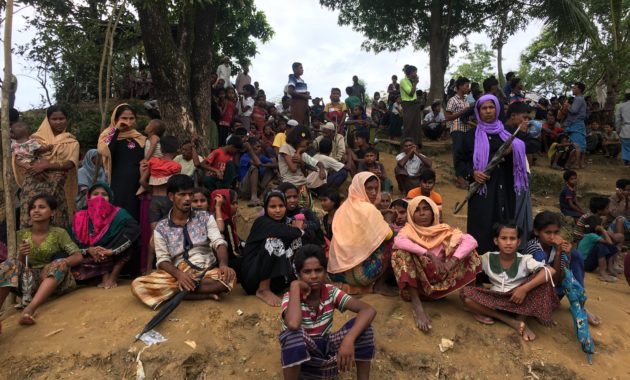
[CLICK HERE FOR FULL PDF OF REPORT]
EXECUTIVE SUMMARY
Over 800,000 women, men and children have streamed into 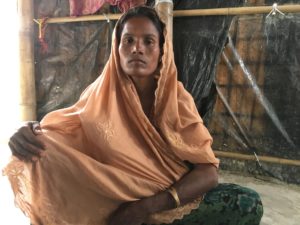 Bangladesh from Myanmar (formerly Burma) since October 2016, the vast majority since late August 2017 – a staggering exodus in both number and speed. Having climbed mountains, waded across rivers, clambered along slippery paths carrying their young, their elderly, their disabled relatives and a few remaining possessions, they arrived exhausted and traumatised from the horrors they had survived.
Bangladesh from Myanmar (formerly Burma) since October 2016, the vast majority since late August 2017 – a staggering exodus in both number and speed. Having climbed mountains, waded across rivers, clambered along slippery paths carrying their young, their elderly, their disabled relatives and a few remaining possessions, they arrived exhausted and traumatised from the horrors they had survived.
From across the Naf river in the relative safety of Bangladesh, the world’s media live-streamed the red, smoke-filled sky of northern Rakhine state[1] from where Myanmar’s Muslim minority, the Rohingya, were escaping brutal state-led violence in Maungdaw, Buthidaung and Rathedaung townships. Time and again survivors recounted how Myanmar’s army and Border Guard Police (BGP) had mercilessly attacked their communities, aided by armed Rakhine[2] extremists[3], shooting and hacking to death relatives and friends, gang raping women and girls, pillaging property and torching villages. Their testimonies and satellite images left little doubt that their communities and livelihoods had been obliterated – the climax of a long-pursued and state-orchestrated genocidal process.
Victims of numerous pogroms over the years, over 1 million Rohingya[4] are now living in the sprawling, fetid, under-resourced, temporary camps in Bangladesh – the world’s most densely populated settlement of refugees. Here they are at risk of further physical and psychological annihilation through disease, malnourishment, lack of education and health care, human trafficking, mudslides, flooding, and cyclones.
The architect of the concept of genocide, Raphael Lemkin, makes clear that genocide or the extermination of an ethnic, racial, national or religious group, can be accomplished not solely by mass murder, but also by social, cultural, religious and economic destruction – for example, through processes of mass exodus, population fragmentation and the social reconstruction of an ethnic identity.[5] With this in mind, it is clear that by the end of 2017, genocide of the Rohingya had been achieved: the Myanmar identity of its Rohingya people had been destroyed and the reshaping of society in Rakhine state was well under way. Of an estimated 1.2 to 1.4 million Rohingya living in Rakhine state in 2014:
- tens of thousands had been killed (an estimated 22,000 since 25 August 2017);[6]
- approximately 800,000 have fled to camps in Bangladesh;[7]
- over 350 (or 75%) Rohingya villages in northern Rakhine state had been torched and bulldozed, with many completely destroyed;[8]
- the vast majority of the estimated 150,000-200,000 Rohingya who remained in Myanmar were confined to ‘no-man’s land’ on the Bangladesh/Myanmar border, prison villages, and concentrated in detention camps in central Rakhine state, and Sittwe’s Aung Mingalar ghetto.
However, genocide is a process with no clearly defined end – and the genocide of the Rohingya continues:
- death stalks the Rohingya trapped in Myanmar as a result of violent intimidation, enforced starvation and untreated illnesses;
- Rohingya are still fleeing terror and enforced destitution in Myanmar;
- the mass expulsion of Rohingya to makeshift camps in one of the world’s poorest countries, where the refugees face ongoing systematic weakening, including death, is part of Myanmar’s strategy of genocide;
- the Myanmar state is erasing historical evidence of Rohingya culture and identity as it reshapes Rakhine society.
The genocidal ‘clearance’ of Rohingya from Myanmar in 2017 was both predictable and predicted. In 2015, the authors of this report issued Countdown to Annihilation: Genocide in Myanmar, which showed that a genocidal process was well under way. The report presented evidence of ongoing genocidal processes, their historical genesis and the political, social and economic conditions in which genocide had emerged. ISCI researchers identified the architects of the genocide as Myanmar state officials and security forces, Rakhine nationalist civil society leaders and Buddhist monks, pointing to a significant degree of coordination between those agencies in the pursuit of eliminating the Rohingya from Myanmar’s political landscape. Leading genocide scholar Daniel Feierstein identified six stages of genocide: stigmatisation (and dehumanisation); harassment, violence and terror; isolation and segregation; systematic weakening; mass annihilation; and finally symbolic enactment involving the removal of the victim group from the collective history.[9] Countdown to Annihilation found the first four stages of genocide were already present in Rakhine state and warned that the Rohingya were facing the final two stages of genocide – mass annihilation and erasure of the group from Myanmar’s history. The world chose to ignore such warnings, as well as the mounting evidence from October 2016 onwards that the final stages of genocide were imminent.
Genocide Achieved, Genocide Continues analyses what the International State Crime Initiative (ISCI) believes to be evidence of the final two of the six stages outlined by Feierstein.[10]
Many Rohingya were aware of the looming catastrophe for the simple reason that state security forces warned them it was coming. Noor Amin, for example, a Rohingya village administrator,[11] said that soldiers told him in mid-2016 that security forces would soon launch co-ordinated attacks to annihilate the Rohingya:
They said, “You people will need to run away from this land very soon.” Some Border Guard Police I’m close to told me this secretly, but I didn’t believe them… because I trusted the government and the community, I never thought they would be able to remove that many people.
Around a year later, Myanmar’s security forces had indeed removed ‘that many people’. By 23 February 2018, The Irrawaddy reported that at least 90% of the Rohingya population of northern Rakhine state had fled to Bangladesh.[12] This ISCI report is based on extensive interviews with survivors of the genocide living in Bangladesh. Their words highlight the terror they experienced before they fled. They also confirm that the genocidal onslaught launched on 25 August 2017 was not simply a response to alleged attacks by Rohingya militants, as the authorities claim, but was in fact the denouement of a decades-long genocidal process that was carefully planned and generously equipped by the Myanmar state.
Following the Introduction (Chapter 1) to this report, Chapter 2 summarises key patterns and events between 2012 and October 2016 that paved the way for the final stages of genocide. During this period, Rohingya faced increasing restrictions, including ever-expanding curfews and the weakening of their means of survival. In a warning of what was to come, police and Rakhine extremists massacred with impunity nearly 50 Rohingya men, women and children in Kiladuang (Du Chee Yar Tan) in January 2014 (see Chapter 2, section 2).[13]
Rohingya hopes were raised in late 2015 when the opposition National League for Democracy (NLD), led by Aung San Suu Kyi, won general elections. However, the NLD quickly made a power-sharing deal with the military and the persecution of Rohingya continued to be ratcheted up.
Chapter 3 provides evidence that the intense military ‘clearance operations’ that began in late August 2017 were prepared well in advance. It shows that the campaign of killings was supported by a range of other coercive measures of annihilation, and were the logical conclusion of a decades-long systematic programme of genocide.
From 9 October 2016 onwards, following alleged attacks on border police by Rohingya militants (which have not been independently verified), preparations by the security forces included:
- suffocating curfews, gradually extending in some areas to 24-hours since October 2016;
- increased extortion of Rohingya and looting of their property;
- substantial new deployments of soldiers and BGP in northern Rakhine state, which were accompanied by a rising level of killings, torture and other abuses committed against Rohingya with impunity; and
- increasing threats against Rohingya to accept the ‘National Verification Card’ (NVC), a category of ID that excludes them from Myanmar citizenship and is effectively a non-violent tool of genocide.
Rakhine nationalists, themselves facing an existential crisis from Bamar nationalism, eagerly exploited the officially sanctioned discrimination against the Rohingya to raise their own status. Among them, some were emboldened by the militarisation of northern Rakhine state and increasingly participated in attacks on Rohingya.
Chapter 4 documents a number of massacres in Rohingya villages that followed an alleged attack on border police by Rohingya militants on 25 August 2017, a disputed incident that was used by the state as a pretext to justify genocidal ‘clearance operations’. The army launched wave after wave of attacks, backed up by the BGP and Rakhine extremists. Terrified Rohingya were shot and hacked to death. Women and girls were systematically gang raped. Homes were pillaged. Possessions were ripped from their owners. Finally, entire villages and districts were torched, including homes in which Rohingya were trapped. The fireballs destroyed long-established communities in a matter of minutes. Only Rohingya villages, or Rohingya neighbourhoods of mixed villages, were targeted.
Just three of the massacres cited in this report give a sense of the scale of death and destruction in northern Rakhine state. On 27 August 2017, some 400 people were murdered in Kyaut Pyaung (North) village; also on 27 August, approximately 300 people were slaughtered and 700 homes destroyed in Chut Pyin village; and on 30 August, up to 2,000 people were killed and 746 homes were destroyed in Tula Toli (also known by Rakhine name Min Gyi).
As terrified Rohingya families poured into Bangladesh, it quickly became clear that rape and gendered violence were being used as weapons of genocide. Mass rape was first used as a tool of genocide against the Rohingya in October 2016. After 25 August 2017, such abuses were carried out on an industrial scale, apparently condoned and even ordered by the state. Rashan Ali described to ISCI the ubiquity of rape, including in his village of Chut Pyin in late August:
During the massacre some of the women fleeing were caught and raped, especially the beautiful ones. Children were also raped and killed. There were around 15 rapes in Chut Pyin – wherever the military operates, rape is a weapon.[14]
The official policy of denial regarding mass gang rape of Rohingya women extended to Aung San Suu Kyi, who used the political capital that she had accumulated with the international community over decades to cover the military and give it time to prepare and carry out its murderous campaign.
Chapter 5 shows that the genocide did not end with the militarised ‘clearance operations’ and ravaging of villages. The perilous journey to Bangladesh took countless more lives. Some Rohingya were shot by the army as they fled. Others were simply too weak or ill to survive the journey.
In Bangladesh, the systematic weakening of Rohingya continues. Though the Rohingya are geographically beyond the state’s reach, the Myanmar authorities continue to knowingly inflict indirect harm by condemning the Rohingya to the ever-present spectre of death in the Bangladesh camps. It is incumbent on the international community to ensure that the humanitarian response is adequately funded to cope with the crisis. Meanwhile, the international community, by failing to heed warnings of impending genocide, and sufficiently censure Myanmar’s leaders, including State Counsellor Suu Kyi and Commander in Chief of the Armed Forces, Min Aung Hlaing, is effectively complicit in the ongoing genocide.
Chapter 6 focuses on the final stage of genocide – denial by state perpetrators and the symbolic re-organisation of the society that remains. The authorities have long denied the Rohingya identity. This denial has extended to widespread and systematic cover-up of state criminality. State security forces have dumped bodies in concealed mass graves, and destroyed evidence, including the ability to identify those murdered, through arson and the use of acid. Officials have denied that violence against civilians, including well-documented massacres, has taken place.[15] Meanwhile, the authorities have refused independent monitors’ access to Rakhine state and attempted to silence the media.
The Myanmar state has also deployed another traditional tactic of genocide – using members of the victim community to deny the truth of massacres or blame others for the violence.
The authorities have also systematically targeted Rohingya leaders, teachers, mullahs and imams – members of the community who traditionally hold and pass on cultural and religious history. The message is clear: the old life of the Rohingya in Myanmar has been destroyed; there is no possibility of return.
This report concludes that the Myanmar state’s intense vilification of the Rohingya as ‘outsiders’, ‘illegal Bengali immigrants’ and ‘terrorists’ gave a green light to the state security forces, Rakhine nationalists and Islamophobic monks to orchestrate pogroms reminiscent of those witnessed in Germany in the 1930s and Rwanda in the early 1990s. Rohingya have been robbed of their citizenship. They have been ghettoised. They have been denied of the right to livelihood. They have been rounded up, raped and executed. They have had their homes looted and their possessions stolen. They have watched their villages being razed to the ground, sending a final message that their presence in Myanmar has finally been erased.
The parallels with other genocides are stark. In Germany, the Nazi government issued Jews with special ID cards before ghettoising them and then unleashing the Holocaust; in Myanmar, the government used special ID cards to identify the Rohingya as outsiders before unleashing the final stages of the genocide. In Rwanda, the state mobilised Hutus to slaughter Tutsi. In Myanmar, the state mobilised Buddhist and Rakhine extremists to target the Rohingya. As with other genocides, the state’s propaganda campaign to stigmatise one group as the ‘other’ desensitised the population at large so that they ignored, misunderstood, or condoned genocide happening around them.
The reality is that the genocide of the Rohingya in Myanmar was long in the making. World leaders knew but did nothing to avert the catastrophe. Now the world knows of the precarious existence that the relatively few Rohingya who remain in Myanmar are now experiencing. It knows that the 1 million or more Myanmar Rohingya in the Bangladesh camps are at risk of annihilation through fragmentation, destitution, natural hazards, malnutrition and disease. Unless the international community takes urgent and meaningful action, the Myanmar Rohingya will be eliminated.
[CLICK HERE FOR FULL PDF OF REPORT]
[1] Northern Rakhine state is usually understood to mean Maungdaw district (Maungdaw and Buthidaung townships). The military campaign of terror was also evident in Rathedaung township (Sittwe district). The term ‘northern Rakhine state’ in this report refers to Maungdaw, Buthidaung and Rathedaung townships.
[2] The Buddhist Rakhine are the majority ethnic group in Rakhine State who also see themselves as victims of oppression and neglect at the hands of the Myanmar state.
[3] In the heightened climate of state-condoned persecution, a number of Rakhine took up arms and joined Myanmar security forces in violent attacks against Rohingya.
[4] ISCI researchers arrive at this figure on the basis of a UNICEF humanitarian situation report published in March 2018, which documents approximately 671,000 Rohingya as entering Bangladesh since the 25 August attacks; 200,000 Rohingya who had arrived between 9 October 2016 and 25 August 2017; a further 33,000 registered Rohingya refugees who had arrived in 1992, when similar state-led violence forced Rohingya to flee; more than 60,000 undocumented Rohingya who live in makeshift settlements (Leda, Kutupalong, Shamlapur and Balukhali); and an additional 300-500,000 who are scattered within Bangladeshi host communities. See, UNICEF, ‘Bangladesh Humanitarian Situation Report No.25 (Rohingya influx)’, 4 March 2018: https://www.unicef.org/appeals/files/UNICEF_Bangladesh_Humanitarian_Situation_Report_4_March_2018.pdf, p.2, f.n. 2. Accessed 11 April 2018.
[5] Lemkin, R, ‘Genocide – A Modern Crime’, Free World, (4 April 1945), pp.39-43.
[6] This estimate of Rohingya deaths is based on our own interviews and calculations combined with Médecins Sans Frontières’ (MSF) six retrospective household mortality surveys covering the period 25 August to 24 September 2017. The MSF estimation of between 9,425 and 13,759 Rohingya deaths is equivalent to the death of 2.26% (between 1.87% and 2.73%) of the sampled population. MSF makes clear that its figures are likely to be an underestimate as the sampling focused on deaths resulting in just a one-month period (and we know killings continued in the months that followed), that not all refugee settlements in Bangladesh were surveyed, and that those instances where whole families were killed were not accounted for. Our own estimations suggest a final death toll of 22,000 to 25,000. There have been significant numbers of Rohingya deaths on the flight to Bangladesh as well as in the camps in Bangladesh. See, Médecins Sans Frontières, ‘Myanmar/Bangladesh: MSF surveys estimate that at least 6,700 Rohingya were killed during the attacks in Myanmar’, 12 December 2017: http://www.msf.org/en/article/myanmarbangladesh-msf-surveys-estimate-least-6700-rohingya-were-killed-during-attacks. Accessed 9 April 2018.
[7] Bangladesh does not recognise the Rohingya as refugees; it designates them as ‘forcibly displaced Myanmar citizens’.
[8] Human Rights Watch, ‘Burma: 40 Rohingya Villages Burned Since October’, 17 December 2017: https://www.hrw.org/news/2017/12/17/burma-40-rohingya-villages-burned-october. Accessed 9 April 2018.
[9] Green, P, MacManus, T and de la Cour Venning, A, Countdown to Annihilation: Genocide in Myanmar, (London: International State Crime Initiative, 2015): http://statecrime.org/data/2015/10/ISCI-Rohingya-Report-PUBLISHED-VERSION.pdf. Accessed 10 April 2018.
[10] The first four stages are detailed in Countdown to Annihilation: Genocide in Myanmar, ISCI’s first report on the Rohingya genocide.
[11] Rohingya village administrators are considered ‘informal’ by the authorities as they are not paid a salary and fall outside the administrative hierarchy. However, they invariably do the same job as their ‘official’, paid Rakhine counterparts.
[12] Moe Myint, ‘Ninety Percent of Rohingya Population Ejected from Rakhine’, The Irrawaddy, 23 February 2018: https://www.irrawaddy.com/specials/ninety-percent-rohingya-population-ejected-rakhine.html. Accessed 9 April 2018.
[13] United Nations Office for the Coordination of Humanitarian Affairs (OCHA), ‘Pillay calls for killings in northern Rakhine State to be investigated’, 23 January 2014: http://www.ohchr.org/EN/NewsEvents/Pages/DisplayNews.aspx?NewsID=14194. Accessed 9 April 2018. See also, Burmese Rohingya Organisation UK (BROUK), ‘Timeline- Killings and Massacre January 2014, Maungdaw, Rakhine State’, Burma Campaign, 31 January 2014: http://www.burmacampaign.org.uk/images/uploads/Du_Chee_Yar_Tan_Massacre_Timeline.pdf. Accessed 9 April 2018.
[14] Interview with Rashan Ali, Thangkali camp, 31 October 2017.
[15] The Tatmadaw True News Information Team released a statement on a mass grave of ‘terrorists’ at Inn Din following a Reuters report exposing a massacre of villagers. See, Thu Thu Aung, ‘Rohingya Insurgents Say 10 Found in Myanmar Graves “Innocent Civilians”’, Reuters, 13 January 2018: https://www.reuters.com/article/us-myanmar-rohingya-arsa/rohingya-insurgents-say-10-found-in-myanmar-grave-innocent-civilians-idUSKBN1F206D. Accessed 9 April 2018. For response from Myanmar authorities, see The Republic of the Union of Myanmar, Ministry of Information, ‘Authorities Refute AP’s report on mass graves in Buthidaung Tsp’, 3 February 2018: http://www.moi.gov.mm/moi:eng/?q=news/3/02/2018/id-12657. Accessed 9 April 2018.



